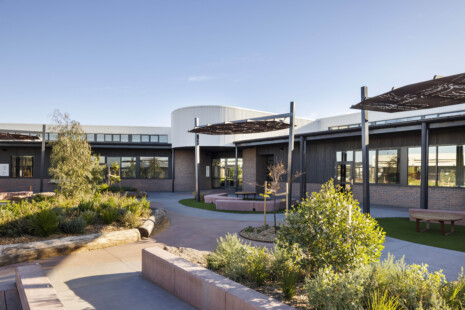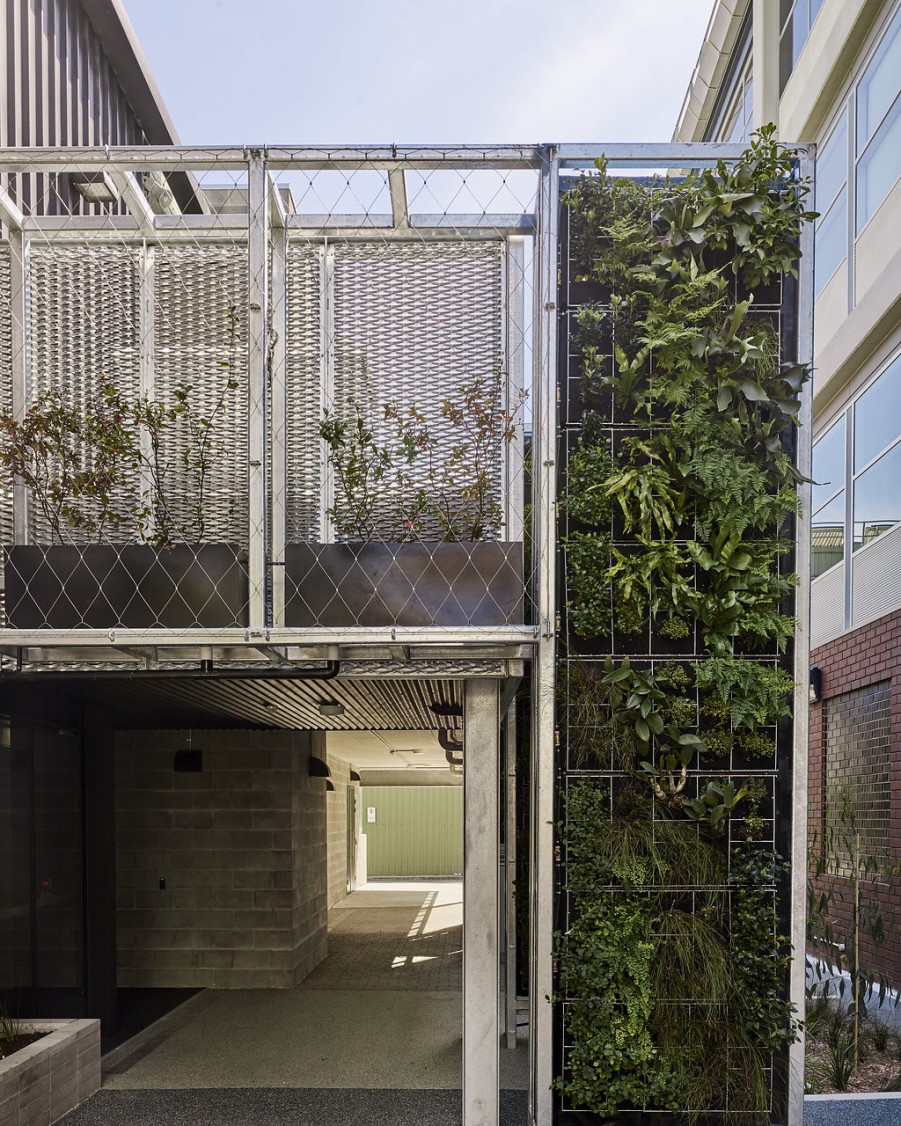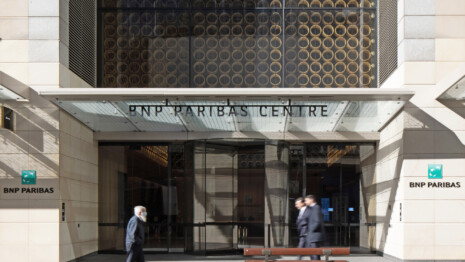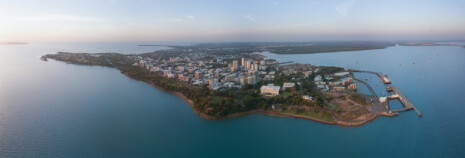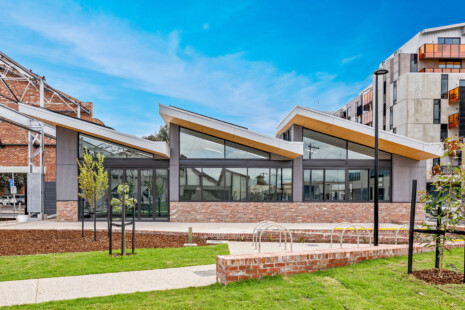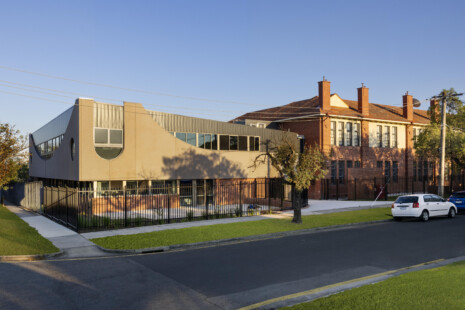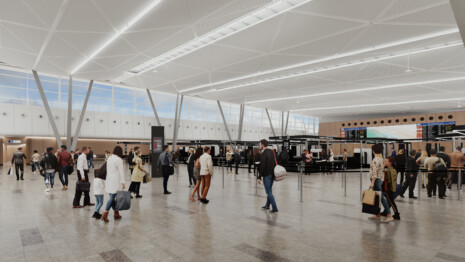
A New Living Laboratory at Monash University
DesignInc’s Melbourne studio regularly contributes to the practice’s education portfolio with learning environments for both secondary and tertiary institutions.
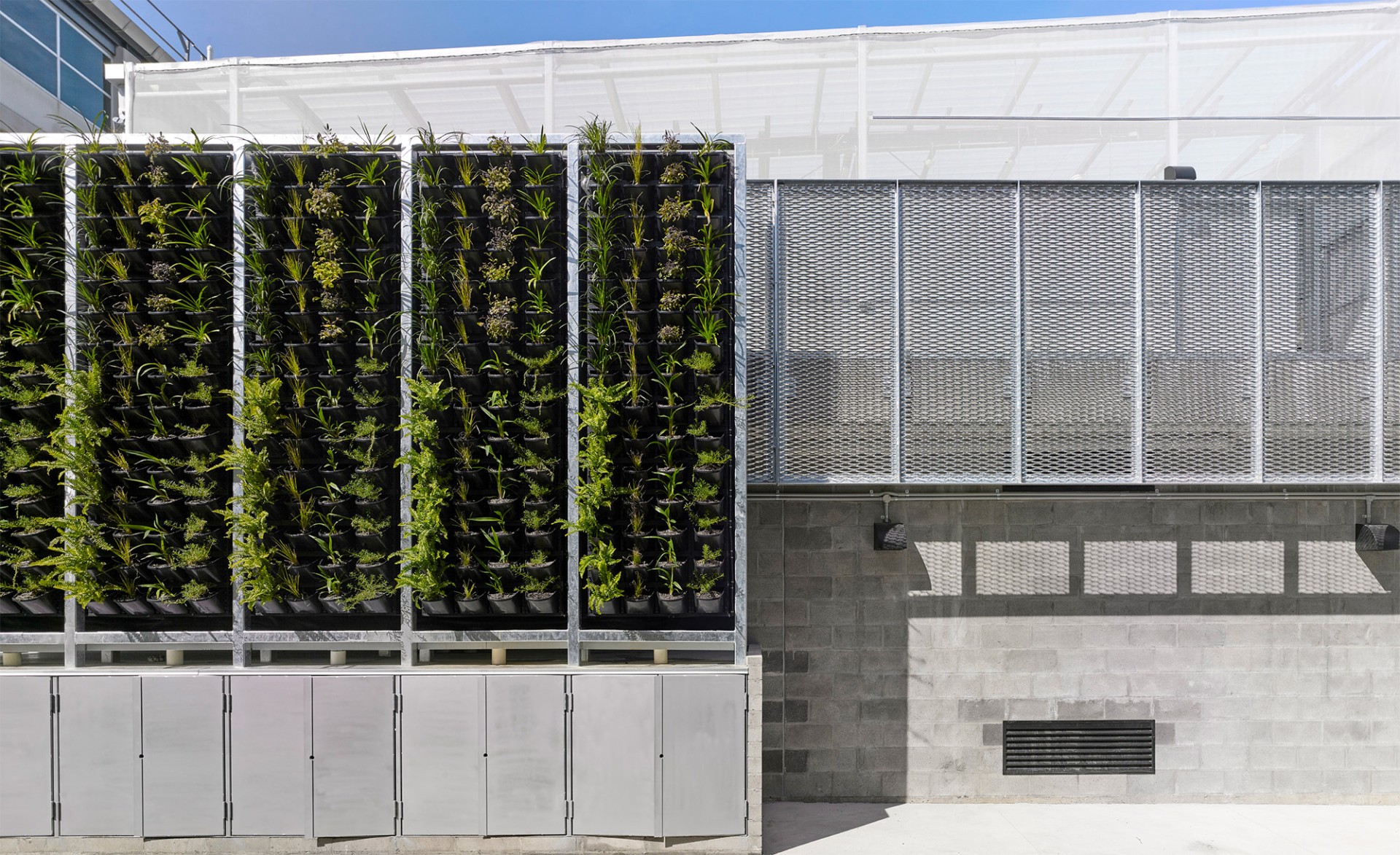
In recent years, the number of projects undertaken for each of the universities across Victoria has increased, with the size of works ranging from modest to ambitious. One of our recently completed projects, the Monash University Living Laboratory for Water Technologies, may be on the smaller end of the scale at 700sqm, but it’s no less compelling.
This renovation involved the conversion of a simple civil engineering shed on the Clayton campus into a research facility for water sensitive city living. While we champion biophilic design across all our work, this one wears its biophilic credentials particularly proudly. As DesignInc Director Christon Batey-Smith explains, ‘The key innovation of the Living Laboratory is the construction of a living green scaffold, which was inspired by the way new forest plants utilise older host trees as support.’
The resulting scheme incorporates internal and external scaffolds that create frameworks for urban landscaping, with seating, balustrades and screens providing a variety of settings for growing greenery. Not only do the living walls and roofs serve to test green technologies as part of the lab’s research, they also tie in with the Living Laboratory’s other research elements, including bio-filtration showcase plots, an underground reservoir and permeable paving display. While the biophilic patterns generated by the design provide researchers with a conducive working environment.
As one of the design’s most compelling spaces, the double height foyer is an immersive green area where the faculty can showcase their research. It’s also a multi-purpose zone that’s proven popular for hosting functions, meetings and social gatherings. This is a building that gives the Living Laboratory a new distinct identity. And the Living Laboratory’s goal to transform grey urban areas into green, productive spaces that provide water treatment and reuse, food production, urban cooling functions and aesthetically pleasing surrounds is perfectly represented here.
The key innovation of the Living Laboratory is the construction of a living green scaffold, which was inspired by the way new forest plants utilise older host trees as support.
Christon Batey-Smith
Director, DesignInc Melbourne
Projects
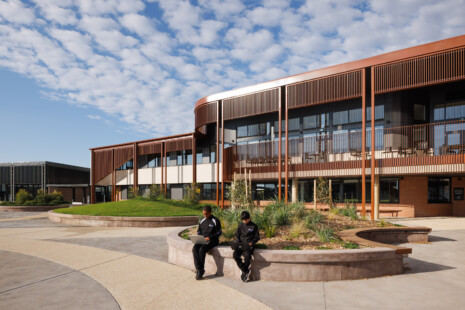
New Schools 2024 – Brinbeal Secondary College – Supported Inclusion School
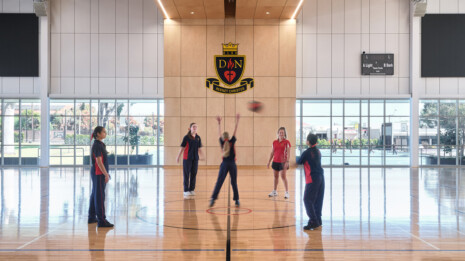
Our Lady of the Sacred Heart College Indoor Sports + Dance Facilities
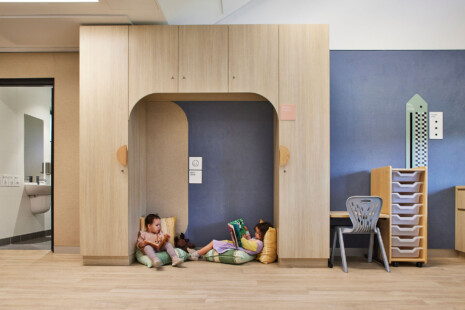
Aspect Schools, Wetherill Park
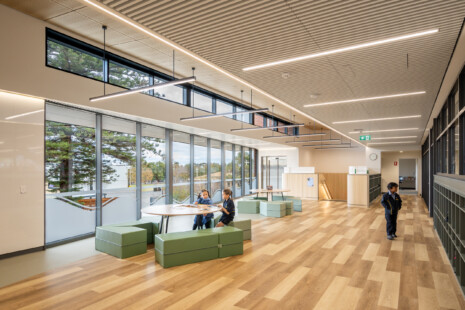
St Joseph’s School Payneham – Carlo Acutis Building
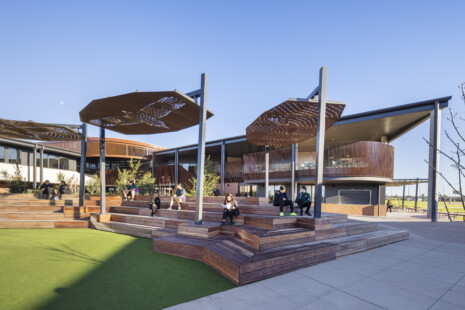
New Schools 2024 – Walcom Ngarrwa Secondary College
